Russia took action on Tuesday to slow down the speed of Twitter in a move that also appeared to have accidentally shut down the Kremlin’s own website, as well as other government agency sites.
The state communications regulator, Roskomnadzor, said it was retaliating for Twitter’s alleged failure to remove banned content. It threatened a total block if the US platform did not comply with its deletion demands.
The punitive move was aimed at video content on Twitter, the regulator said, and would affect all mobile devices and half of non-mobile users. Twitter’s text-based services were working normally on Wednesday.
Russia’s president, Vladimir Putin, has been incensed at the role played by social media in galvanising support for the jailed opposition leader Alexei Navalny. Navalny was jailed in January when he flew back to Moscow, having been poisoned with the nerve agent novichok.
His arrest sparked the biggest anti-government protests for a decade, with marches in about 150 Russian cities. Putin has complained repeatedly in recent speeches about American tech platforms and has previously dismissed the web as a “CIA creation”.
Russia’s great firewall: is it meant to keep information in – or out?
Read more
At the same time that Twitter was slowed down, several government websites went abruptly offline on Wednesday, including kremlin.ru and the Russian government website, government.ru. Also affected was Roskomnadzor, the internet censor, and the economics ministry.
Several pro-Kremlin commentators suggested the outages may have been the result of a US cyber-attack. The Biden administration has promised to respond to Kremlin hacking with measures of its own, but has said these will affect only officials and not ordinary Russians.
Russia then admitted the problem was domestic. It blamed the unavailability of state-owned sites on a router malfunction inside Rostelecom, the digital services provider. Access to the Kremlin and other websites was later restored.
According to Andrei Soldatov, a Russian cyberexpert and author of the Red Web, the blocking of government sites on Wednesday was the result of an internal “mess-up” connected to the Twitter slowdown.
He said that Roskomnadzor had been experimenting with new technology that allows it to shut down video sharing on a region-by-region basis. This is part of the Kremlin’s goal of digital “sovereignty”, which includes greater control of social media.
“This has nothing to do with the Americans,” Soldatov said. “Putin has made three statements in three days. He has been demanding greater restrictions. It appears officials decided they had to act.”
The regulator alleges that Twitter has failed to remove posts calling on children to take part in pro-Navalny demonstrations. It points to more than 3,000 tweets containing “illegal” content. They cover drug abuse, calls for minors to commit suicide, and child sexual abuse, it says.
Twitter is one of five platforms being sued in Russia in connection with anti-Kremlin protests. Vadim Subbotin, an official at the watchdog, said it was possible that the authorities could target and slow down other internet platforms if they failed to comply with the law, the Interfax news agency reported.
In December, the Russian parliament backed big new fines on platforms that fail to delete banned content and other legislation that would allow them to be restricted if they “discriminate” against Russian media.
Moscow has gradually introduced tougher internet laws in recent years. It has required search engines to delete some search results, messaging services to share encryption keys with security services and platforms to store user data on servers in Russia.
Some of those measures have spurred fears of China-style internet curbs, but have only been partially successful. Russia tried to ban the Telegram messenger service in 2018 for example, but proved technically unable to block the app and last year publicly lifted the ban.











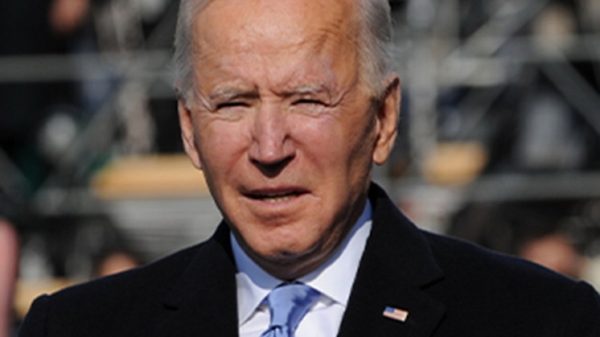
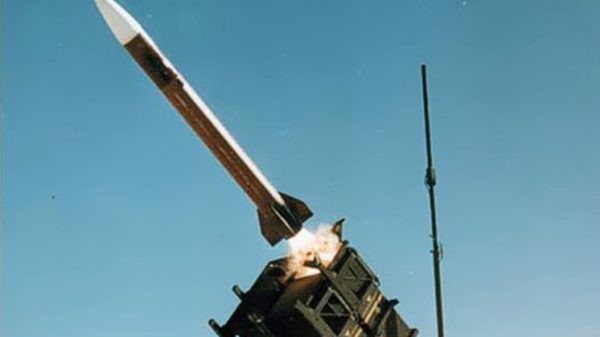




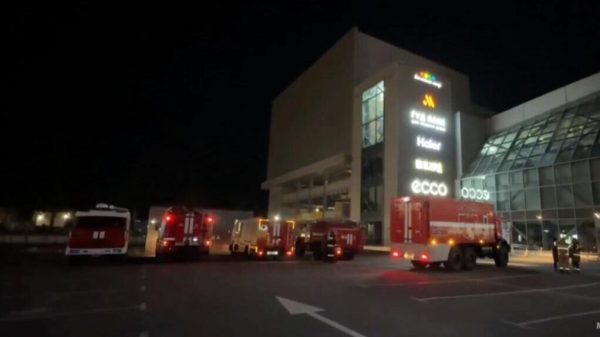
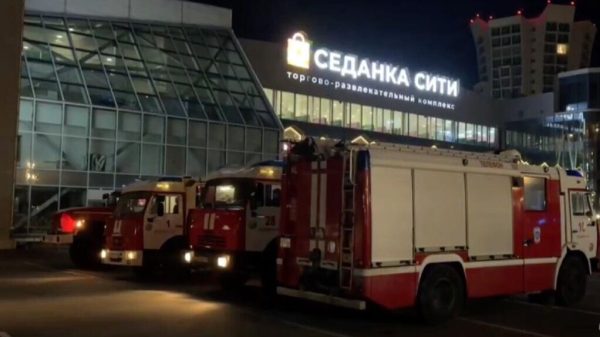
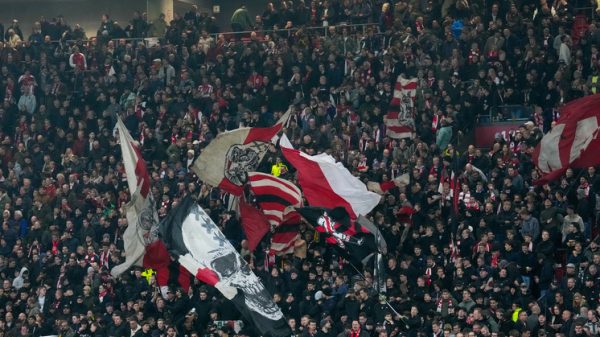
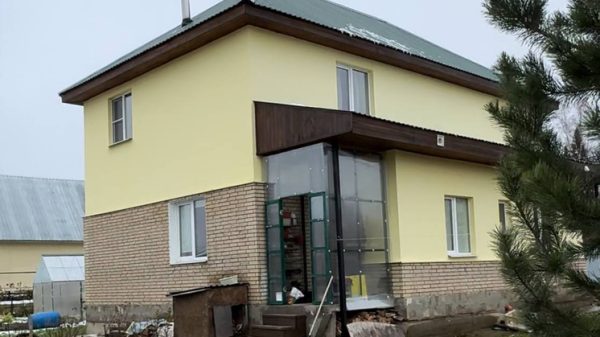

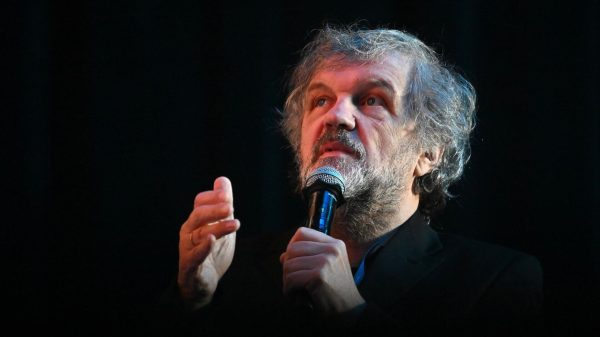
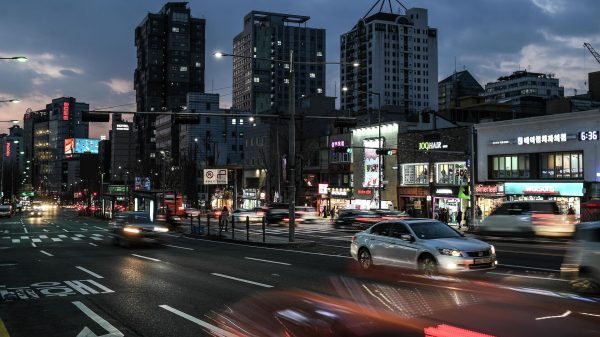



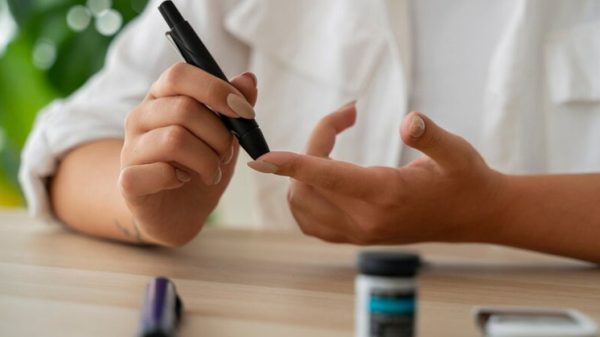
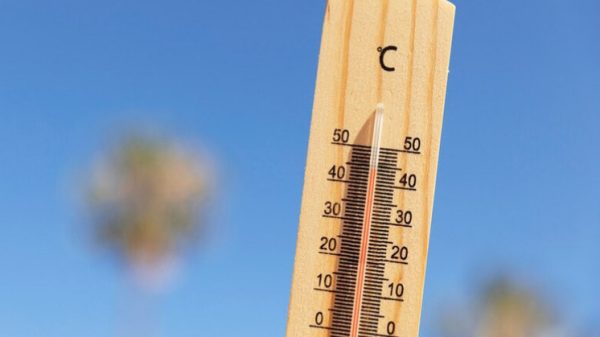
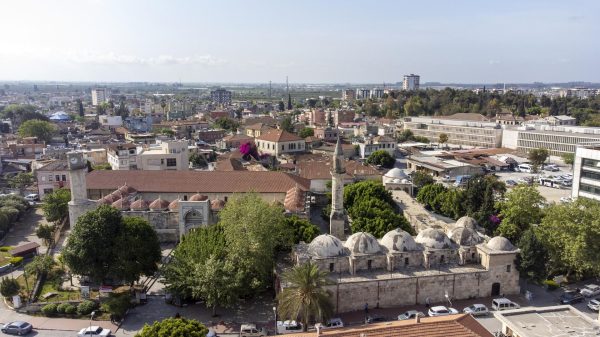

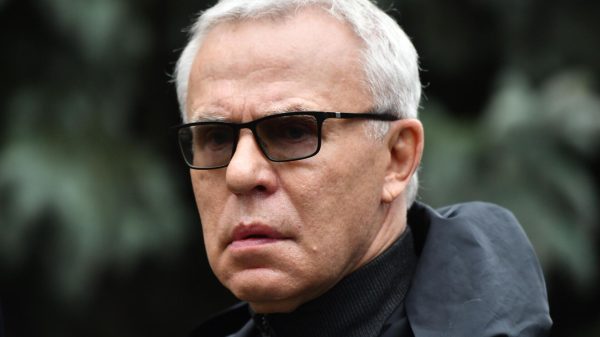



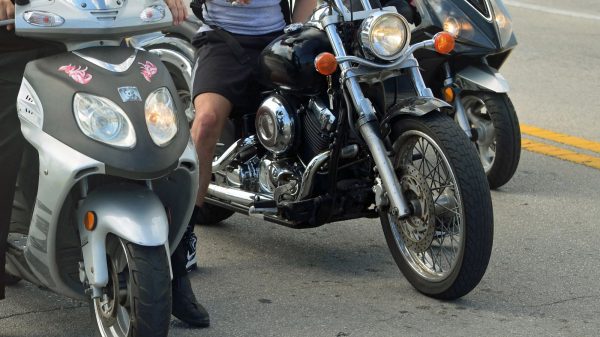




















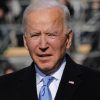



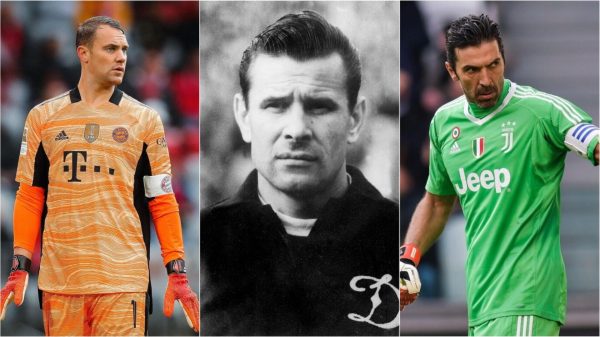
Свежие комментарии